Course No. 4105 | .MP4, AVC, 300 kbps, 640×360 | English, AAC, 96 kbps, 2 Ch | 24×30 mins | + PDF Guidebook | 1.48 GB
Lecturer: Jason C. Bivins, Ph.D.
We live in a world where religious violence seems more prevalent than ever. But while news stories make this seem like a relatively modern phenomenon, the truth is that religion and violence have been intertwined since the dawn of the world’s great faiths. Religious violence isn’t a contemporary phenomenon—it’s an enduring aspect of the human experience.
What is it that causes some people to commit violent acts in the name of religion, either against themselves or others? Why does violence even play a role in religion to begin with? How can theology, as well as history, sociology, and other frameworks, help us grasp the nature of religious violence? All religions, including the world’s great faiths—Judaism, Christianity, Islam, Buddhism, and Hinduism—have their inner battles with violent beliefs and practices. And, in a world where violence in the name of religion can impact so many other people’s lives, it’s critical to understand the intersection between the two.
Perhaps the biggest obstacles to this understanding lie in fear, sensationalism, and dismissal, all of which can prevent you from truly grasping the nature of religious violence. What’s required is not to see religion as inherently violent, but to recognize that the violence associated with religious groups and communities is worth exploring and interrogating. It’s about examining whether religious violence is an indelible part of the human experience or a problem we can truly solve.
“If we want to know why ‘bad stuff’ happens in the name of religion, we need to understand how those who commit religious violence perceive what they’re doing,” says Dr. Jason C. Bivins, award-winning professor of Religious Studies at North Carolina State University. “That’s the best way to understand why our world is producing so much of it, and what we can do about it.”
In his 24-lecture course, Thinking about Religion and Violence, Professor Bivins takes you on a global, historical, and multidisciplinary investigation of religious violence. Delivered with honesty and sensitivity to the diversity of spiritual beliefs, he examines the roots of this phenomenon and guides you toward more informed ways of thinking about it. You’ll consider how faiths like Christianity, Islam, and Buddhism view concepts like human sacrifice, martyrdom, penitence, and means of violence; the ways religious violence can be directed toward specific races, genders, and cultural groups; the connections between violence and other religions, including Mormonism and Native American faiths; concepts like heresy, demonology, and witch-hunting; and more. Blending history, theology, psychology, sociology, and other fields, Professor Bivins helps you get to the heart of a complex problem that’s broader and deeper (and more optimistic) than you might have thought.
Learn How to Talk about Religious Violence
At the heart of Thinking about Religion and Violence is this central question: What sources shape and feed violent habits of mind and, in turn, the violence that sometimes follows from them?
To start, Professor Bivins grounds his lectures in the central concepts and ideas you’ll need for understanding the subject, mastering the flexibility with which we need to talk about religious violence responsibly, and fashioning your own interpretations. These topics include:
Religion: It’s critical to remember that religion doesn’t exist in a vacuum. However you choose to define it, religion is always mixed up with factors ranging from biology to culture to geography to class. One can’t simply say: “Religion made them do it.” One must look to the role played by culture, society, and the media—whether we’d like to or not.
Violence: Like religion, violence doesn’t exist in a vacuum but is related to politics, human bodies, economics, sex, and law. Violence is also about a kind of forcibly changed relationship between persons and communities (usually in public) and, therefore, quite often impacts the most deeply held beliefs of the people involved.
Other-ing: This term refers to the cultural construction of an enemy figure rooted in older cultural convictions, social hierarchies, and caricatures of different classes of people, all of which draw support from religions (even as religions critique them). The viewpoint of “other-ing” is at the root of concepts related to religious violence like scapegoats, demons, and anti-Semitism.
Cult: Many of the groups regarded as cults emerge from, or end up in, the religious mainstream. An objective definition of a cult involves the presence of several key characteristics, among them a desire for purity and authenticity, the importance of a new kind of authority figure or text, and a new pattern for living that often breaks with mainstream culture.
Holy War: While religious traditions often advocate holy war, they also contain resources for thinking through the moral complexity of “just” warfare. While there’s no clear roadmap or set of conclusions, each tradition has within it an obligation to wrestle morally, conceptually, and strategically about when to wage war.
You’ll also explore sacred texts to see what they have to say about the spiritual purposes of violence, and how their meanings may have been misconstrued and manipulated over time. Some of the fascinating books you’ll explore include not just the major religious books—the Old and New Testaments, the Qu’ran, the Bhagavad Gita—but also lesser-known texts including the Malleus Maleficarum, the infamous and widely used witch-hunting manual of the 15th century.
From Racial Violence to “Cult” Panics to Terrorism
Throughout Thinking about Religion and Violence, you’ll explore multiple examples from all over the world and throughout history as a way to probe the nexus of these two powerful forces. These examples range from racial violence and holy war (and peace) to “cult” panics and terrorism.
Given the immediacy of the issue, Professor Bivins takes care to burrow deep into both current issues as well as their historical and conceptual sources. The goal is to illustrate the concept of religious violence as not particular to one faith but as a part of human spirituality around the world.
Witch Hunting: As deep as many societies’ fear of demons is, witches are more of a target for religious and political violence. Whether its folk witches, European witch-hunting, or America’s political witch trials, a witch hunt expresses a sovereign’s power to torture, banish, and kill. It provides emotional catharsis and juridical power at once.
Religious Violence in India and Israel: Interreligious violence in India and Israel combines two different articulations of violence. The first is nationalistic, in which social conditions make violence possible. The second is spatial, and reflects how religious exclusivism with regard to land can lead people to create and maintain boundaries as sharp as a knife edge.
Religious Suicides: The interplay of people’s adherence to sacred texts, their aspirations for purity, and their placement of religious authority over temporal authority allows them to willingly destroy their bodies as a sign of commitment to their faith. Examples include Muslim soldier-martyrs, the Heaven’s Gate suicides, and Buddhist immolation.
Violent Gods and Wars: The ancient roots of war gods and sacred violence aren’t quite as distant as we’d like to think. What we learn by looking to those gods and seeing their authorization of violence as a religious vehicle is that holy wars of various stripes reveal our abiding fascination with conflict. This veneration is sometimes explicitly religious (the Crusades) and sometimes buried (the Cold War).
An Open-Minded, Optimistic Perspective
Despite the troubling nature of the subject, Professor Bivins doesn’t take a pessimistic or clinical approach to the material. Rather, he’s a charming and engaging on-screen presence with a fierce curiosity and open-mindedness to the varieties of religious experience.
He’s also fiercely optimistic about what we can learn from a comprehensive study of religious violence, and devotes his concluding lecture to ideas of what can be done to mitigate the impact of religious violence—at the international level, the local level, and the individual level. And at the individual level, it starts with approaching the topic in the company of a master professor with a lecture series that’s immersive, insightful, thorough, and important for our times.
“I’ve constructed this course out of the conviction that we can and must understand things that are horrific,” Professor Bivins says. “If you can raise questions, think through competing considerations, assess the range of principles and practices at stake in what goes into making religious violence, you’re already in a different conceptual world. And if that world is one in which it’s harder to discriminate or mistreat others, then I think you’ll be on the right path.”
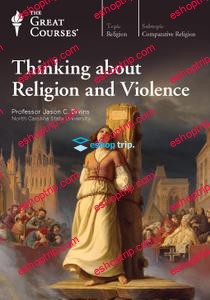

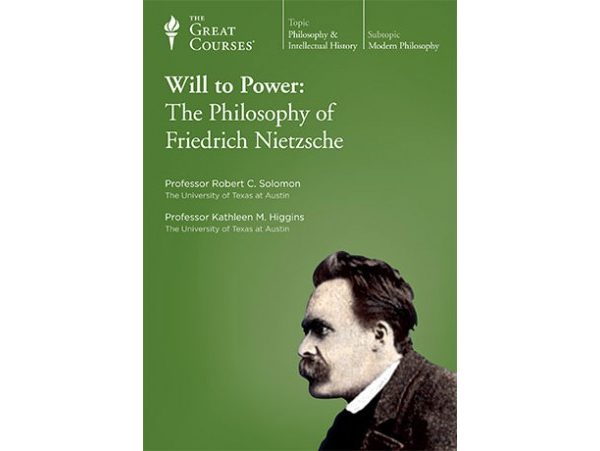


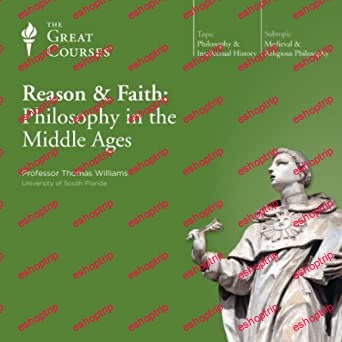

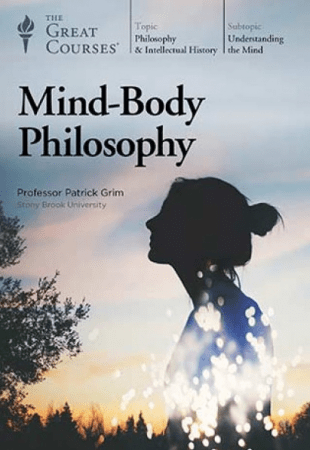
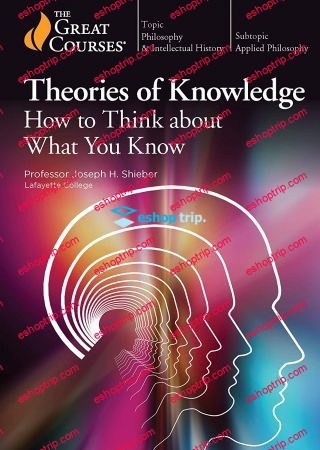
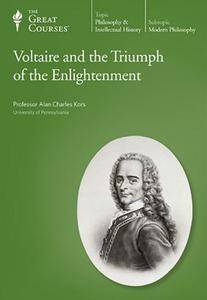
Reviews
There are no reviews yet.